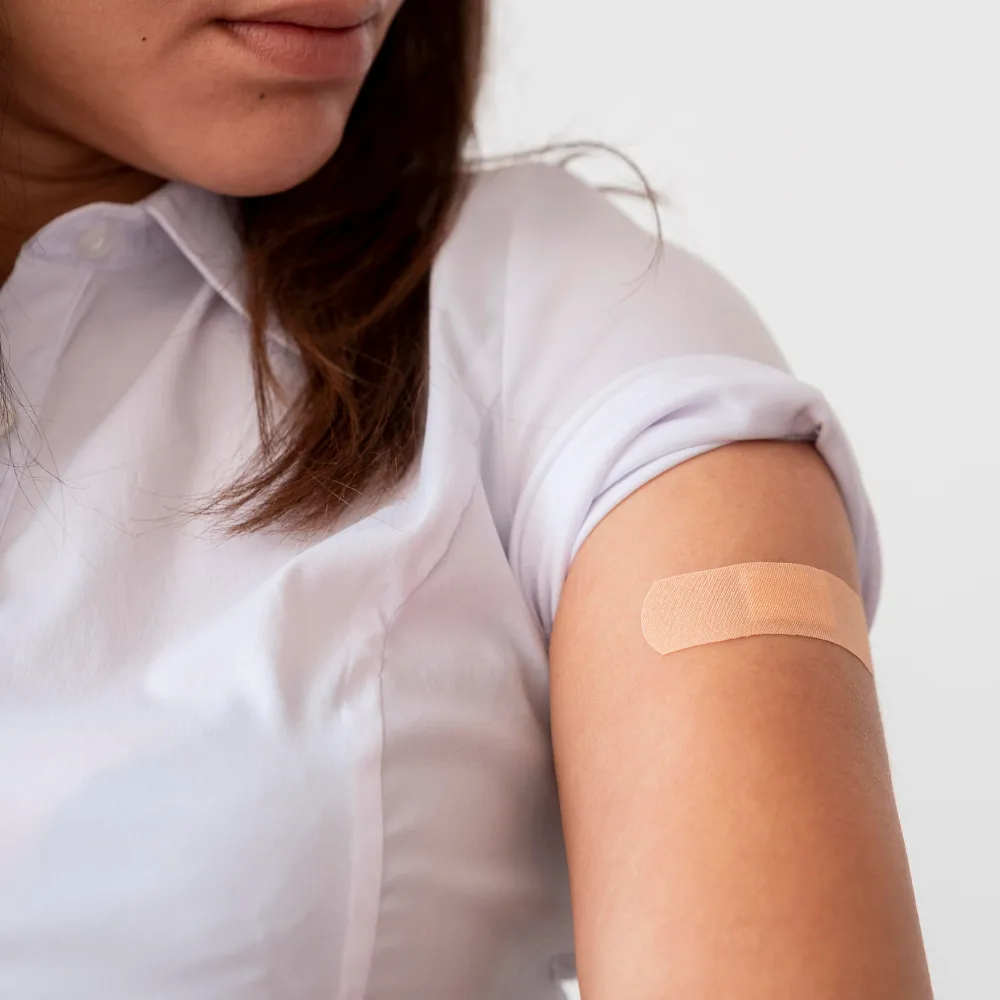Discover how bioengineered skin grafts work, the science behind them, and how they can help heal chronic wounds that have resisted traditional treatments.
Bioengineered skin grafts are advanced wound care treatments that help accelerate the healing process, particularly for chronic or difficult-to-heal wounds. These skin substitutes are designed to mimic the structure and function of natural skin, providing essential support for tissue regeneration. Here’s how bioengineered skin grafts enhance and accelerate wound healing:
1. Creating a Scaffold for New Tissue Growth
- How It Works: Bioengineered skin grafts act as a physical scaffold that encourages the body’s cells to migrate to the wound site, where they can begin the process of tissue regeneration. This scaffold provides a structure for skin cells to attach to, promoting the formation of new tissue and accelerating wound closure.
- Why It Matters: Wounds, particularly chronic ones, often lack the proper cellular environment for healing. Bioengineered skin grafts restore this, promoting faster tissue formation and reducing the risk of non-healing wounds.
2. Mimicking the Skin’s Natural Structure
- How It Works: These grafts are designed to replicate both the epidermal (outer layer) and dermal (inner layer) components of human skin. Some bioengineered skin grafts consist of living cells derived from human or animal sources, while others are made from synthetic or biological materials.
- Why It Matters: By mimicking the natural architecture of skin, bioengineered grafts provide an environment conducive to natural skin regeneration. They promote the growth of skin cells, collagen, and blood vessels, which are all essential for wound healing.
3. Promoting Moisture Balance
- How It Works: Wound healing is accelerated when the wound is kept moist but not overly wet. Bioengineered skin grafts help maintain an optimal moisture balance by providing a protective barrier that retains moisture while allowing excess fluids to escape.
- Why It Matters: A moist environment supports the migration of skin cells and speeds up the formation of new tissue. It also reduces scab formation, which can slow down the healing process and increase the risk of scarring.
4. Reducing the Risk of Infection
- How It Works: Many bioengineered skin substitutes have antimicrobial properties or create a barrier that reduces the risk of infection by preventing bacteria from entering the wound. Some grafts incorporate materials that actively fight infection.
- Why It Matters: Infections can severely delay wound healing and lead to further complications. By providing a protective barrier against pathogens, bioengineered skin grafts help reduce the risk of infection, allowing the wound to heal more efficiently.
5. Stimulating Cell Growth and Healing Factors
- How It Works: Many bioengineered skin grafts contain living cells (such as fibroblasts or keratinocytes) that actively release growth factors, proteins, and cytokines, which promote cell proliferation and tissue repair.
- Why It Matters: Growth factors are essential for initiating and sustaining the wound healing process. By supplying these factors directly to the wound site, bioengineered skin grafts stimulate rapid cellular activity, leading to faster tissue regeneration and wound closure.
6. Reducing Inflammation
- How It Works: Chronic wounds often become stalled in the inflammatory phase of healing, which delays progress. Bioengineered skin grafts help modulate the wound’s inflammatory response, reducing prolonged inflammation that can hinder healing.
- Why It Matters: By reducing excessive inflammation, bioengineered grafts allow the wound to progress to the next stages of healing, such as tissue formation and remodeling, more quickly.
7. Decreasing the Need for Donor Skin
- How It Works: Traditional skin grafts require harvesting skin from a donor site on the patient, which can create additional wounds and extend recovery time. Bioengineered skin grafts, on the other hand, are ready-made and do not require harvesting.
- Why It Matters: By eliminating the need for donor skin, bioengineered grafts minimize patient discomfort and avoid the risk of complications from secondary wounds. This allows for faster overall recovery and reduced hospital stays.
8. Improving Healing in Complex and Chronic Wounds
- How It Works: Chronic wounds, such as diabetic foot ulcers, venous leg ulcers, and pressure sores, often fail to heal due to poor blood flow, infection, or tissue damage. Bioengineered skin grafts provide a stable, healing environment that overcomes many of these barriers.
- Why It Matters: For patients with underlying conditions that make healing difficult, bioengineered skin grafts offer an advanced treatment option that speeds up healing, reduces the risk of amputation, and improves overall outcomes.
Conclusion
Bioengineered skin grafts accelerate wound healing by providing a supportive structure for new tissue growth, maintaining optimal moisture levels, reducing infection risk, and delivering essential growth factors. For chronic or complex wounds, these grafts offer a powerful tool to speed up recovery and improve the healing process, especially in patients who struggle with non-healing wounds.



Hi, this is a comment.
To get started with moderating, editing, and deleting comments, please visit the Comments screen in the dashboard.
Commenter avatars come from Gravatar.